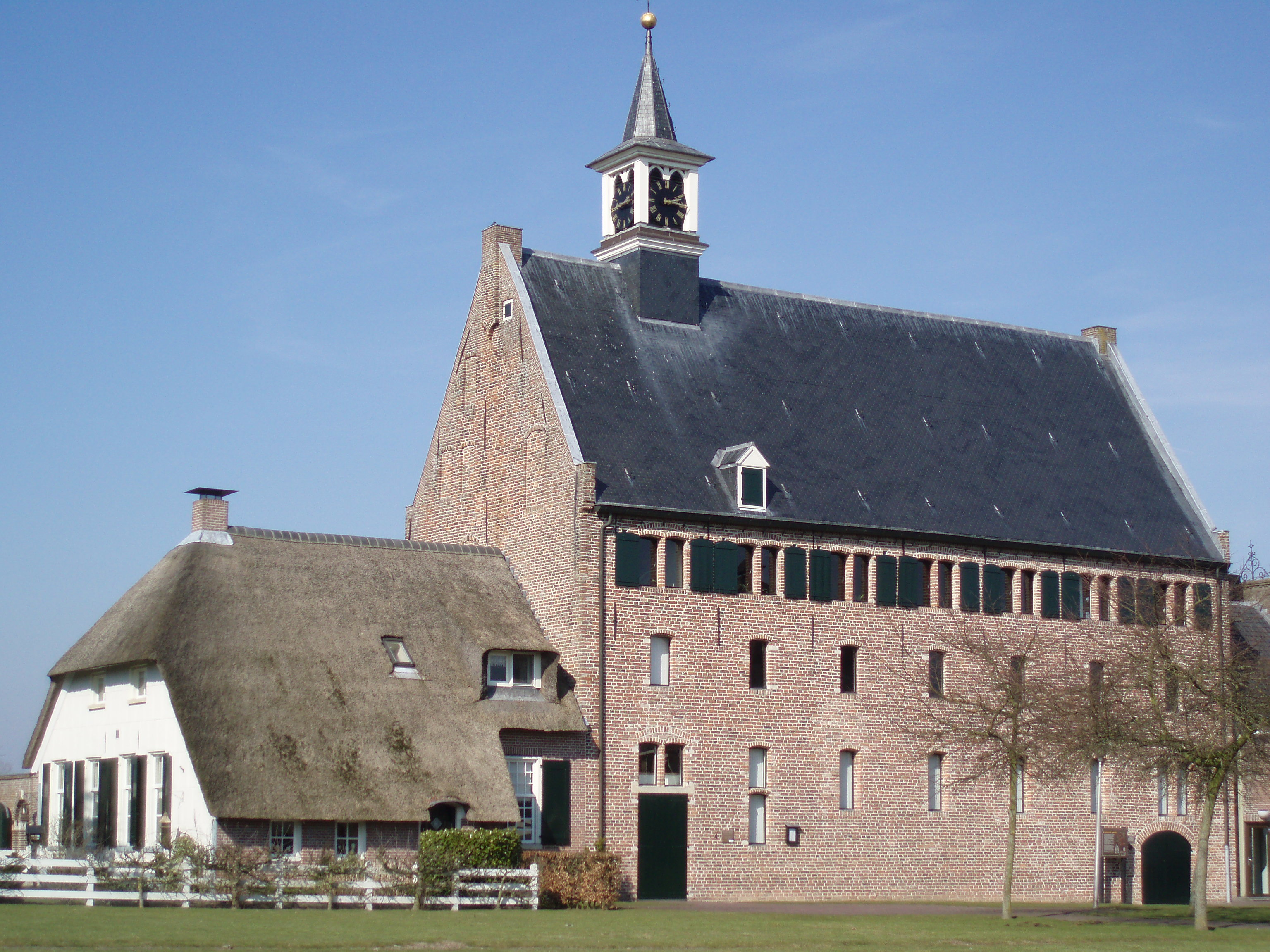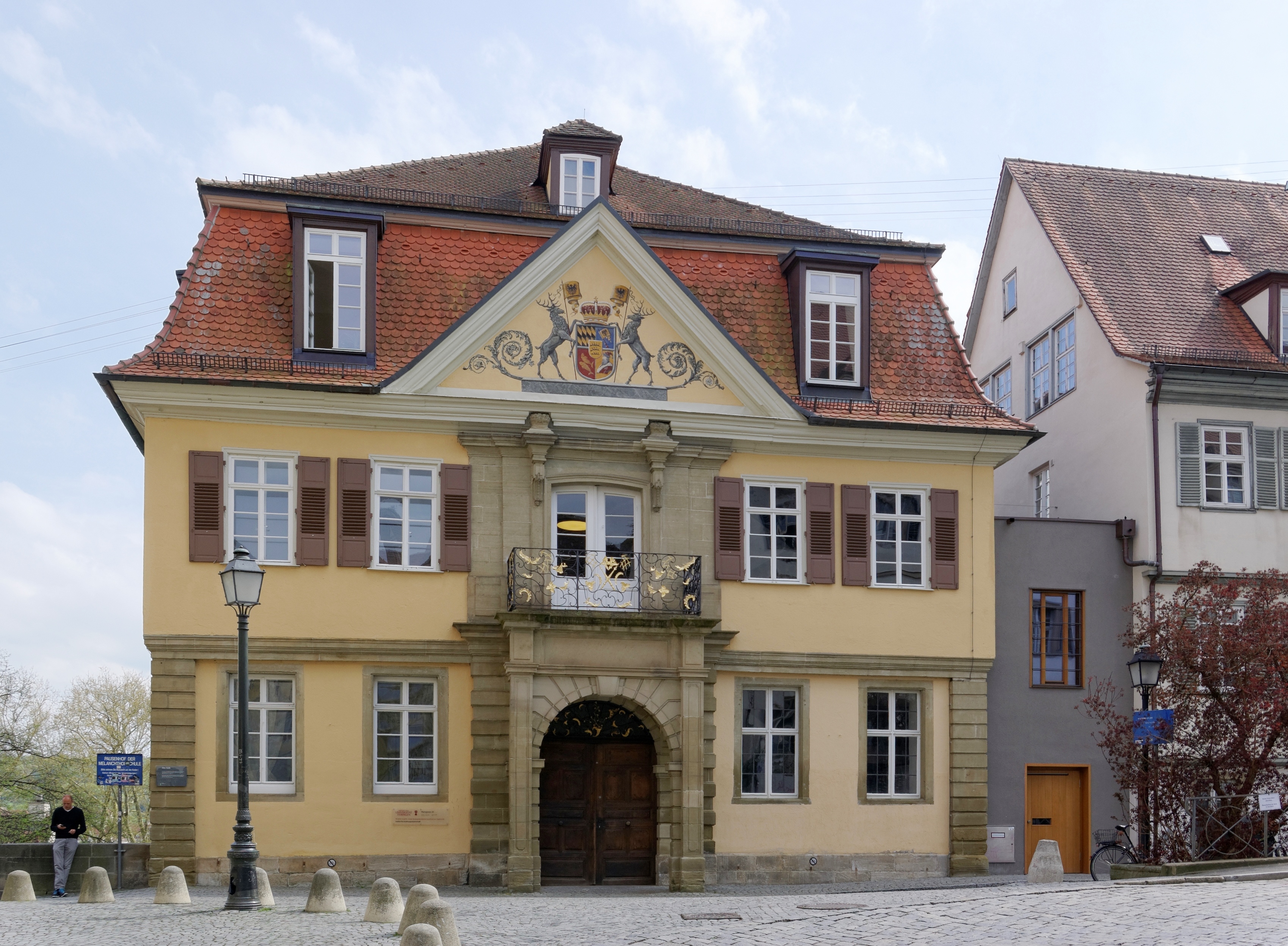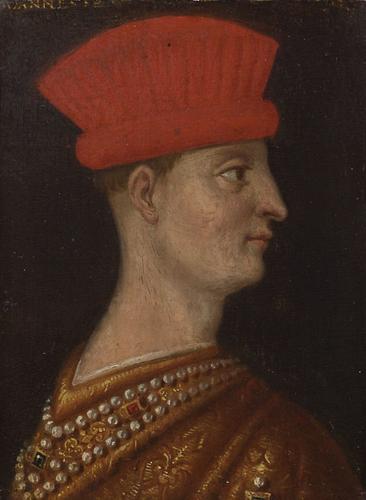|
Eberhard I, Duke Of Württemberg
Eberhard I of Württemberg (11 December 144524 February 1496) was known as Count ''Eberhard V'' from 1459 to 1495, and from July 1495 he was the first Duke of Württemberg. He is also known as ''Eberhard im Bart'' (Eberhard the Bearded). Early life Born at Urach, he was the son of count Ludwig I and his wife Mechthild of the Palatinate, born as countess palatine by the Rhine. Count Eberhard V officially took charge of the government of Württemberg-Urach when he was still underage; Württemberg had been divided since 1442. At first he had a legal guardian, a respected nobleman who had mentored his father as a youth, Rudolph von Ehingen of Kilchberg. However, in 1459, assisted by Frederick I, Elector Palatine, he threw off this restraint, and undertook the government of the district of Urach as Count Eberhard V. He neglected his duties as a ruler and lived a reckless life until 1468. During this time, a fencing manual was created for Eberhard in 1467 by Hans Talhoffer. ... [...More Info...] [...Related Items...] OR: [Wikipedia] [Google] [Baidu] |
Ludwig I, Count Of Württemberg-Urach
Ludwig I (before 31 October 1412 – 23/24(?) September 1450, in Urach), Count of Württemberg. He was a son of count Eberhard IV and Henriette of Montbéliard. He reigned from 1419 until 1450. After the death of his father count Eberhard IV, he and his brother Ulrich V were put under the tutelage from 1419 to 1426. Besides his mother Henriette of Montbéliard this guardianship was executed by officials, the so-called Regentschaftsrat (Regency Council). After his coming of age, Ludwig reigned in Württemberg since 1426. He first reigned alone and later, starting in 1433, together with his brother Ulrich V. Ludwig was married to Mechthild of the Palatinate. The wedding was celebrated on 21 October 1436 in Stuttgart. After Ulrich's wedding with Margarethe von Cleve, the two brothers agreed on the partition of Württemberg. This was first limited to four years, but was made permanent by the Treaty of Nürtingen, signed on 23 January 1442. Ludwig received the part of Urach wi ... [...More Info...] [...Related Items...] OR: [Wikipedia] [Google] [Baidu] |
Hans Talhoffer
Hans Talhoffer (Dalhover, Talhouer, Thalhoffer, Talhofer; – after 1482) was a German fencing master. His martial lineage is unknown, but his writings make it clear that he had some connection to the tradition of Johannes Liechtenauer, the grand master of a well-known Medieval German school of fencing. Talhoffer was a well-educated man who took interest in astrology, mathematics, onomastics, and the auctoritas and the ratio. He authored at least five fencing manuals during the course of his career, and appears to have made his living teaching, including training people for trial by combat. Life The first known reference to Talhoffer is in 1433, when he represented Johann II von Reisberg, archbishop of Salzburg, before the Vehmic court. Shortly thereafter in 1434, Talhoffer was arrested and questioned by order of Wilhelm von Villach (a footman to Albrecht III von Wittelsbach, duke of Bavaria) in connection to the trial of a Nuremberg aristocrat named Jacob Auer, accu ... [...More Info...] [...Related Items...] OR: [Wikipedia] [Google] [Baidu] |
Treaty Of Münsingen
The Treaty of Münsingen was signed on 14 December 1482. This accord officially reunited the divided County of Württemberg after it was divided by the Treaty of Nürtingen in 1442. The hereditary dispute between the Stuttgart part and the part of Urach were settled after 40 years. Residing in Urach, Count Eberhard V, later Duke Eberhard I of Württemberg, obtained rule and moved the capital to Stuttgart. The succession was laid down for the ruling count in the Stuttgart part of the country, Eberhard VI. With this treaty, that was worked out with collaboration of the council of Württembergian subjects, the indivisibility of Württemberg and the primogeniture became contractual. The treaty prevented the division of Württemberg and thus was an important step to the exaltation to a duchy in 1495. The original document is stored in the main public record office in Stuttgart. See also *History of Württemberg *List of treaties This list of treaties contains known agreement ... [...More Info...] [...Related Items...] OR: [Wikipedia] [Google] [Baidu] |
Herrenberg
Herrenberg ( Swabian: ''Härrabärg'' or ''Haerebärg'') is a town in the middle of Baden-Württemberg, about 30 km south of Stuttgart and 20 km from Tübingen. After Sindelfingen, Böblingen, and Leonberg, it is the fourth largest town in the district of Böblingen. Location Herrenberg is situated on the western edge of the Schönbuch forest and is a central town within the Gäu region. The Stiftskirche, which houses the Glockenmuseum (bell museum), is a tourist attraction in the main square. The following towns and municipalities border Herrenberg. They are listed in clockwise direction beginning in the north: Deckenpfronn, Gärtringen, Nufringen, Hildrizhausen and Altdorf (all Böblingen district), Ammerbuch (Tübingen district), Gäufelden and Jettingen (both Böblingen district) as well as Wildberg (Calw district). History The once small community Herrenberg was formed out of the hamlets "Mühlhausen" and "Raistingen", who were combinated in the 13th century, ... [...More Info...] [...Related Items...] OR: [Wikipedia] [Google] [Baidu] |
Dettingen An Der Erms
Dettingen an der Erms (Dettingen on the Erms River) is a town in the district of Reutlingen in Baden-Württemberg in Germany. The town about twelve kilometers north-east of Reutlingen in Baden-Wuerttemberg or about 46 kilometers from Stuttgart. The municipality belongs to the metropolitan region of Stuttgart. Geographical location The district is located in the upper Erms Valley between the towns of Bad Urach and Metzingen at the foot of the central Swabian Alb. The town is at an altitude of 372 m above sea level. The following cities and towns bordering the municipality of Dettingen, they are listed clockwise, starting in the north 1) Neuffen, 2) Hülben, 3) Bad Urach, 4) St. Johann and 5) Metzingen. Religion A church has been located in Dettingen since the 11th century. As in all of Württemberg, the Reformation was introduced in 1534; the community is primarily Lutheran (Evangelisch). In 1967 a second Protestant church was located in the district Buchhalde. After th ... [...More Info...] [...Related Items...] OR: [Wikipedia] [Google] [Baidu] |
Devotio Moderna
Devotio Moderna (Latin; lit., Modern Devotion) was a movement for religious reform, calling for apostolic renewal through the rediscovery of genuine pious practices such as humility, obedience, and simplicity of life. It began in the late 14th-century, largely through the work of Gerard Groote,''Devotio Moderna'' by John H. Van Engen 1988 pages 7-12''The Westminster Dictionary of Christian Spirituality'' by Gordon S. Wakefield 1983 ISBN pages 113-114 and flourished in the Low Countries and Germany in the 15th century, but came to an end with the Protestant Reformation. It is most known today through its influence on Thomas à Kempis, the author of ''The Imitation of Christ'', a book which has proved highly influential for centuries. The Devotio Moderna wrote in IJssellands, a written language which stood in between Middle Dutch and Middle Low German. Origins The origins of the movement likely stem from the Congregation of Windesheim, though it has so far proved elusive to locate ... [...More Info...] [...Related Items...] OR: [Wikipedia] [Google] [Baidu] |
Brethren Of The Common Life
The Brethren of the Common Life (Latin: Fratres Vitae Communis, FVC) was a Roman Catholic pietist religious community founded in the Netherlands in the 14th century by Gerard Groote, formerly a successful and worldly educator who had had a religious experience and preached a life of simple devotion to Jesus Christ. Without taking up irrevocable vows, the Brethren banded together in communities, giving up their worldly goods to live chaste and strictly regulated lives in common houses, devoting every waking hour to attending divine service, reading and preaching of sermons, labouring productively, and taking meals in common that were accompanied by the reading aloud of Scripture: "judged from the ascetic discipline and intention of this life, it had few features which distinguished it from life in a monastery", observes Hans Baron. Gerard Groote Of wealthy burgher stock, Groote was born in Deventer in the Oversticht possession of the bishopric Utrecht in 1340. Having read at ... [...More Info...] [...Related Items...] OR: [Wikipedia] [Google] [Baidu] |
University Of Tübingen
The University of Tübingen, officially the Eberhard Karl University of Tübingen (german: Eberhard Karls Universität Tübingen; la, Universitas Eberhardina Carolina), is a public research university located in the city of Tübingen, Baden-Württemberg, Germany. The University of Tübingen is one of eleven German Excellence Universities. The University of Tübingen is especially known as a centre for the study of plant biology, medicine, law, archeology, ancient cultures, philosophy, theology, and religious studies as well as more recently as center of excellence for artificial intelligence. The university's noted alumni include presidents, EU Commissioners, and judges of the Federal Constitutional Court. The university is associated with eleven Nobel laureates, especially in the fields of medicine and chemistry. History The University of Tübingen was founded in 1477 by Count Eberhard V (Eberhard im Bart, 1445–1496), later the first Duke of Württemberg, a civic ... [...More Info...] [...Related Items...] OR: [Wikipedia] [Google] [Baidu] |
Ludovico III Gonzaga, Marquis Of Mantua
Ludovico III Gonzaga of Mantua, also spelled Lodovico (also Ludovico II; 5 June 1412 – 12 June 1478) was the ruler of the Italian city of Mantua from 1444 to his death in 1478. Biography Ludovico was the son of Gianfrancesco I Gonzaga and Paola Malatesta daughter of Malatesta IV Malatesta of Pesaro. Ludovico followed the path of his father, Gianfrancesco, fighting as a condottiero from as early as 1432, when Gianfrancesco was vice-commander of Francesco Bussone's army. In 1433, he married Barbara of Brandenburg, niece of emperor Sigismund. Starting from 1436 (perhaps without the approval of his father) he entered the service of the Visconti of the Duchy of Milan. The result was that Gianfrancesco exiled Ludovico from Mantua, together with his wife, naming Carlo Gonzaga as heir. However, in 1438 Gianfrancesco himself was hired by the Visconti, and reconciled with Ludovico in 1441. Ludovico succeeded to the marquisate of Mantua in 1444, although part of the family fi ... [...More Info...] [...Related Items...] OR: [Wikipedia] [Google] [Baidu] |
Italy
Italy ( it, Italia ), officially the Italian Republic, ) or the Republic of Italy, is a country in Southern Europe. It is located in the middle of the Mediterranean Sea, and its territory largely coincides with the homonymous geographical region. Italy is also considered part of Western Europe, and shares land borders with France, Switzerland, Austria, Slovenia and the enclaved microstates of Vatican City and San Marino. It has a territorial exclave in Switzerland, Campione. Italy covers an area of , with a population of over 60 million. It is the third-most populous member state of the European Union, the sixth-most populous country in Europe, and the tenth-largest country in the continent by land area. Italy's capital and largest city is Rome. Italy was the native place of many civilizations such as the Italic peoples and the Etruscans, while due to its central geographic location in Southern Europe and the Mediterranean, the country has also historically b ... [...More Info...] [...Related Items...] OR: [Wikipedia] [Google] [Baidu] |






